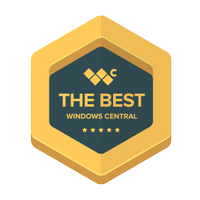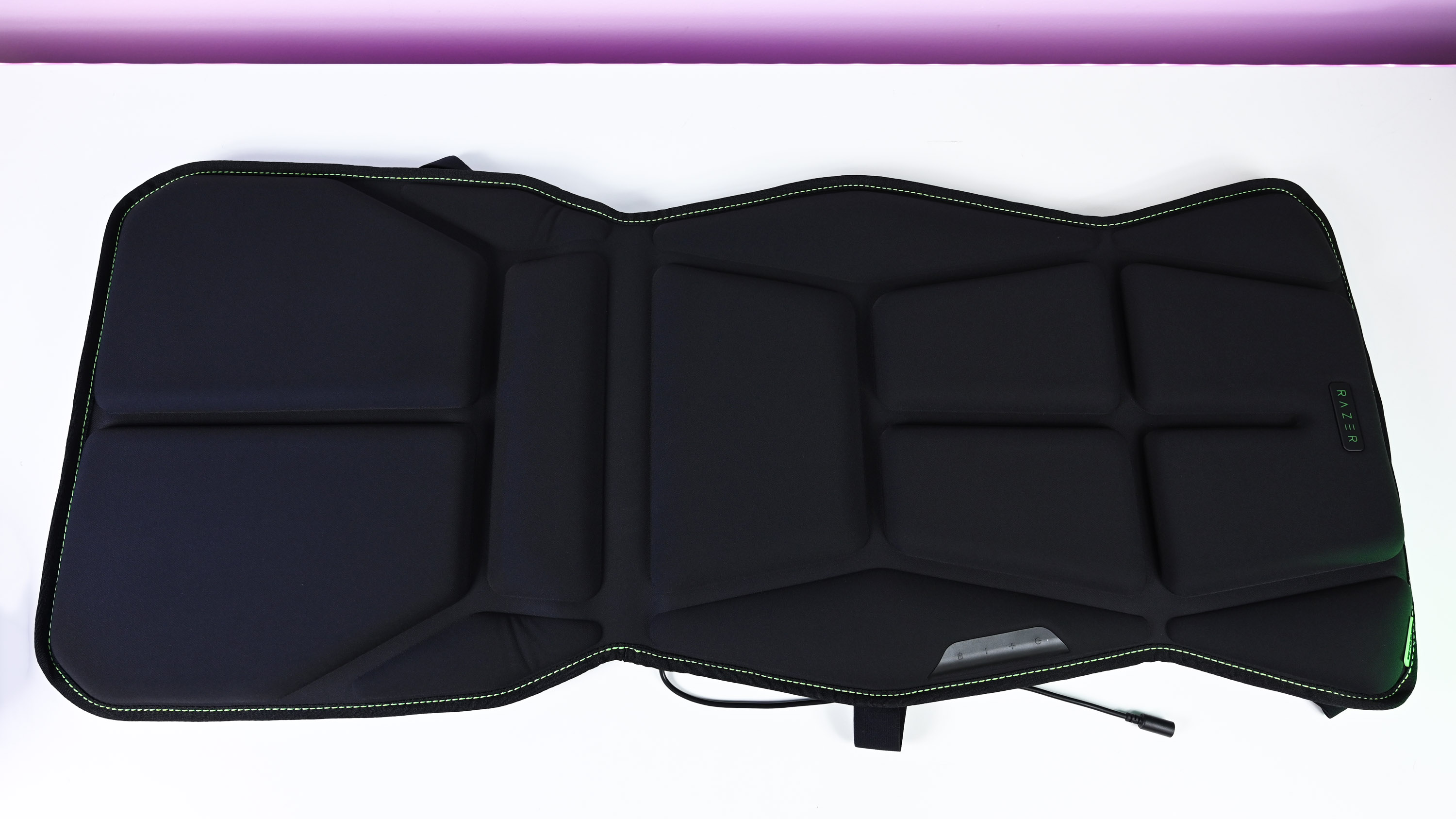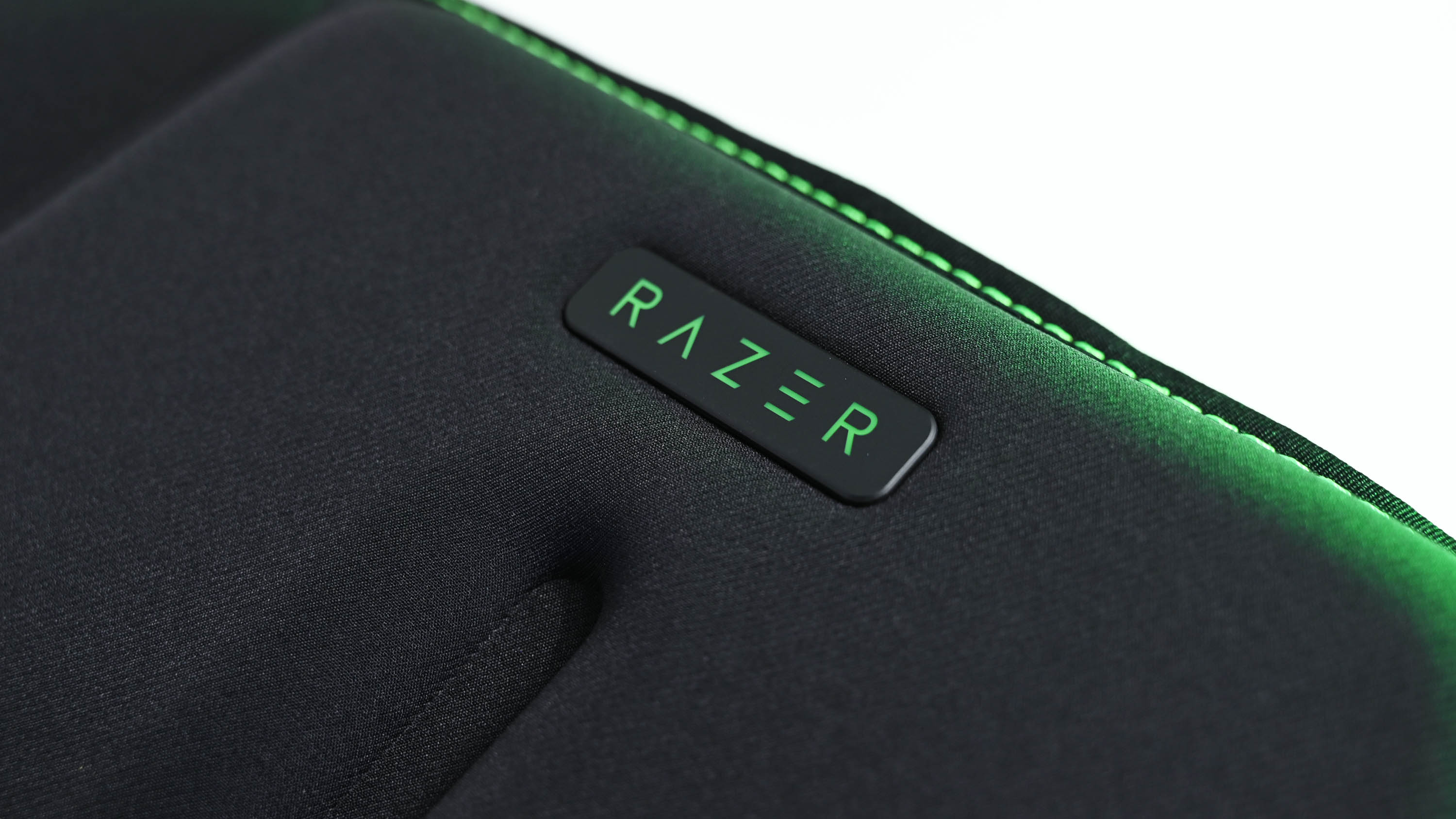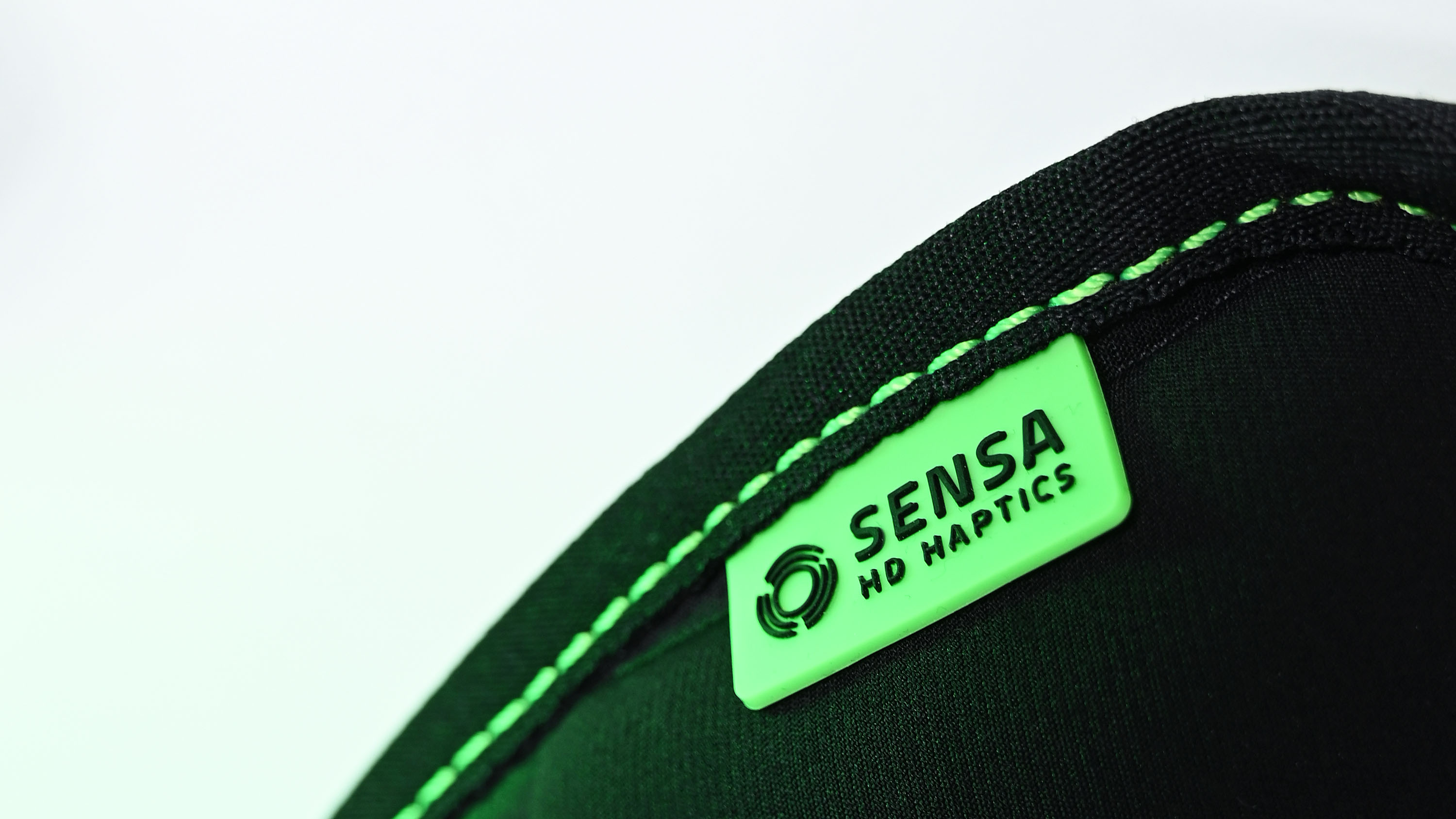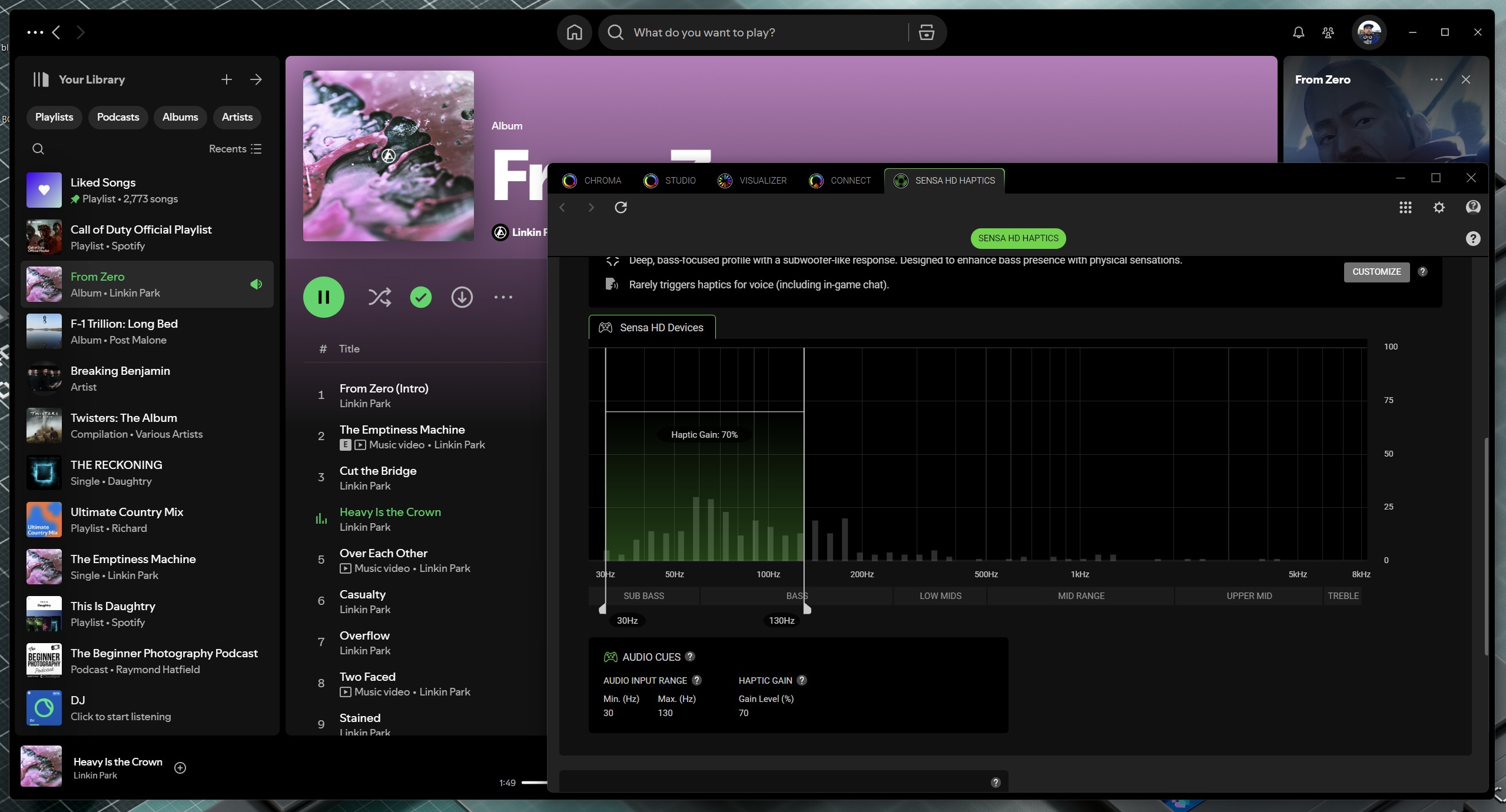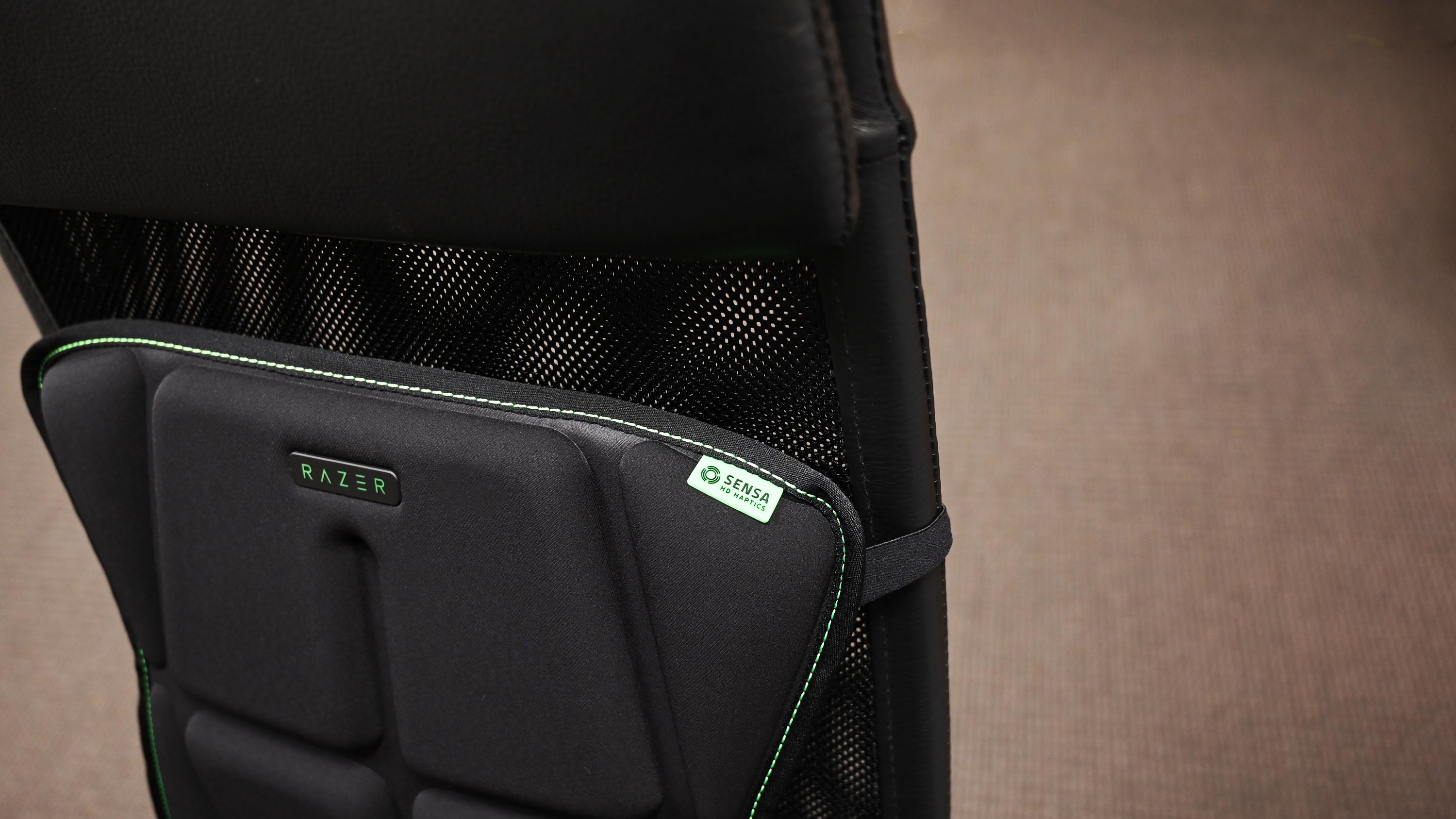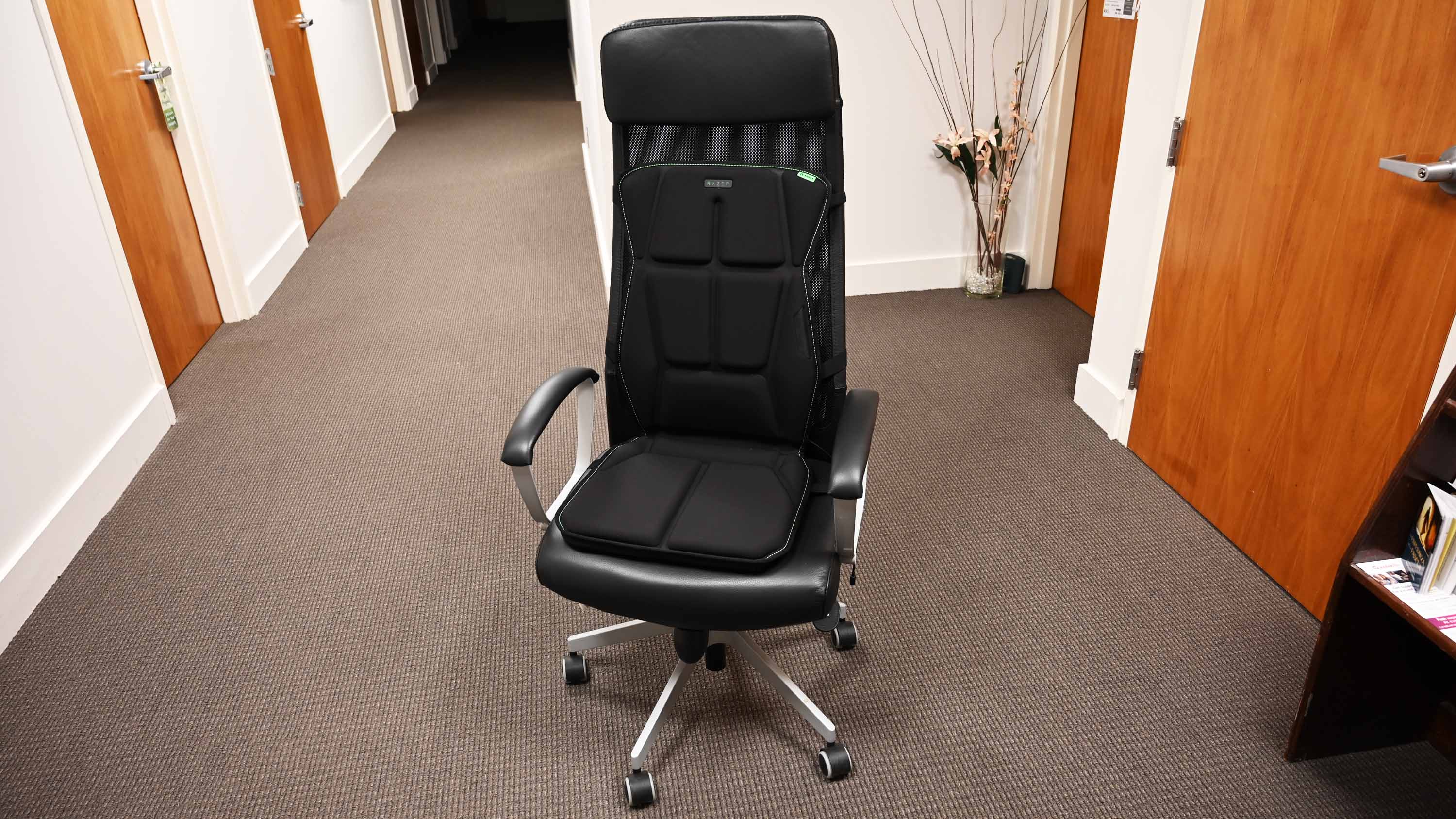Windows Central Verdict
At the moment, the Razer Frejya sits atop a category of only one. The company has always been known to push the boundaries, and this level of immersion is something of a game changer. It's a niche right now, but who knows what the future holds?
Pros
- +
Very comfortable
- +
Compatible with most existing gaming chairs
- +
Haptics are strong, without being too strong
- +
Adds a new level of immersion to games
- +
Also supports music
Cons
- -
PC only
- -
Fairly pricey
Why you can trust Windows Central
This review is one of the most challenging articles I've written recently. Not because the Razer Freyja is bad; in fact, it's far from it. Still, when you've been in this industry as long as I have, every new product usually offers a familiar experience or looks like something similar. That's simply not the case here. The idea of full-body haptic feedback in gaming isn't totally new, but to this point, it has been largely targeted at the virtual reality (VR) market.
Razer's Freyja isn't a vest, and you don't have to strap into a VR headset to use it — it's haptics for everyone. Designed as an ancillary product for your current gaming or office chair, Razer made it as compatible as possible with your entire game library. Some may see it as a gimmick, and I get that, but I don't think it is. Rumble motors have been featured in standard controllers for such a long time that I'm actually a little surprised it took so long to step up to this kind of full-body immersion.
As such, this isn't a traditional review that you might find on Windows Central. It can't be. When I'm testing a laptop, keyboard, monitor, or basically anything else my team covers, there are always comparisons to make against competitors. Always hard specs and performance details. Reviews always contain an element of opinion and subjectivity, but in this case, I have to try and convey just how good this thing is without being able to actually show how good it is.
It is good, though. Seriously good. I went into this interested, even excited by the tech, but having experienced it, I'm certainly convinced it has a place in the world. If its $300 price tag doesn't put you off, I think you're going to love the Razer Freyja.
What is the Razer Freyja?
It's actually quite difficult to describe what the Razer Freyja is. If I only said, "It's a vibrating seat cushion that connects to your PC," it would be selling it way too short. However, as a 'thing', that's exactly what it is. Rather than selling a full gaming chair with the haptics built-in, Razer is letting all of us sample its greatness with our existing furniture.
It's more than just vibrations, of course. Sensa HD is a sophisticated directional haptic engine that translates sensory information from your games into something you can feel. It's also very comfortable. As just an upgrade to my existing gaming chair, I'm extremely pleased with it.
The cushions are soft yet supportive, and it's fair to say it's breathed new life into the chair that has been supporting my back and my derriere for some years now. The haptics aren't in every piece of the Freyja, though, as Razer decided that having six zones was enough to deliver a good experience while also ensuring that it meets regulations and just doesn't get too overbearing.
All the latest news, reviews, and guides for Windows and Xbox diehards.
There are some logistics to navigate, as you might imagine. It needs power, and it needs to be connected to your PC. This isn't Razer's first rodeo, though, so the power cable provided is of ample length. Connecting to your PC only needs the included dongle, or you can opt for Bluetooth if you'd prefer. The setup process is minimal, though.
Sensa HD is handled through the Razer Chroma app, which may sound strange, but Razer's trying to split up its apps in a way that makes sense. Synapse is going to be more for traditional Razer hardware customization, while Chroma will be where the more experiential features, like Sensa HD, will be handled.
You do have basic controls on the Freyja, too, that allow you to increase or decrease the intensity of the vibrations and enable Bluetooth mode. Most of the customization happens in the app, and this is where you'll be able to tune the output to your liking. I keep it on the balanced setting and have been very happy, but if you want a more intense output for lower frequencies, then it's something you can fine-tune.
Game support for the Razer Freyja
Out of the gate, there are a limited number of titles that have been fully updated with dedicated support for Razer's haptics. The toolkit is available to add support at a developer's discretion, and to the untrained eye, it seems like a simple process. In these games, you'll get the absolute best experience.
Take Snowrunner, for example (which is also available on Xbox Game Pass). Having full support for the haptics means you're able to feel every movement, every vibration, from the vehicle as it plods along across the terrain. It's about as close as you can get to the realistic feel without going outside and getting cold.
Indeed, when learning about the Freyja, my first thought went to sim racing. I could imagine a world where iRacing builds support for this, feeling the road through my body as well as my hands, the vibrations of the thoroughbred racing machines coursing through me at every turn. iRacing, to this day, remains about the closest thing you can get to real-world racing, and full support for the Razer Frejya would take it ever closer to reality.
Other games included in the initial batch are varied. Frostpunk 2, for example, Hogwarts Legacy, Once Human, Final Fantasy 16, and the hot new open-world ticket STALKER 2.
Still, to make sure that the widest support for your existing game library exists, Razer also uses in-game audio to translate into haptic feedback. This isn't quite as accurate, of course, but it's still pretty amazing. Razer is doing some of the work here by releasing specially tailored profiles to maximize the experience, but in theory, any game with sufficient audio will also work.
Mostly, it'll pull the actual game audio versus reacting to background music. So, in Forza Horizon 5, for example, the vibrations are triggered more by the noise of the car, the impacts with the terrain, the inevitable tire squeal, and not so much the tunes you're listening to as you drive.
System volume also has an effect since, ultimately, it's using the system audio output. Forza Horizon 5 is also one of the titles Razer is building a tailored profile for, so it'll only get better. For how it is right now, well, it's good. As with any game that you first play sat in the Freyja, it's a little unusual at first and takes a little getting used to, but there's no denying it makes playing games more immersive and entertaining, and dare I say, more fun.
It's hard to put into words just what it feels like. But I feel like it's one of those game-changing products. Whether it ultimately grows to be something more commonplace, only time will tell, but it really is one of those experiences that's hard to give up once you've tried it. I don't necessarily recommend it for competitive games, like Black Ops 6 multiplayer, but the campaign in the same game has been excellent. Feeling the rumble of grenades and explosions, it's superb.
It also makes controller rumble packs feel like ancient technology. I do think that the audio-based haptics are more pleasing overall, though. They seem to respond more often than in a game like Snowrunner, where full Sensa HD support has been coded into the game. But this is something that can certainly improve over time.
Should you buy it?
This is one of those questions everyone will have. My snap response would be yes. If it interests you and you have the budget (because it's a fairly significant investment at $300), then I would easily recommend you give it a try.
It's hard to think of another piece of hardware that has truly changed the experience of gaming in the same way in recent memory. It adds a level of immersion to gaming that doesn't require wearing a headset and associated other wearable technology, and it does it in comfort.
Because when you're done gaming, the Freyja is really comfortable. It's an absolute joy to sit in all day while working, and while it's impossible to comment on its durability in the long term, it certainly feels like it's been built to stay the course. Gamers spend a lot of time sitting down, and Razer's unlikely to have ignored this when building the Freyja!

Richard Devine is a Managing Editor at Windows Central with over a decade of experience. A former Project Manager and long-term tech addict, he joined Mobile Nations in 2011 and has been found on Android Central and iMore as well as Windows Central. Currently, you'll find him steering the site's coverage of all manner of PC hardware and reviews. Find him on Mastodon at mstdn.social/@richdevine

